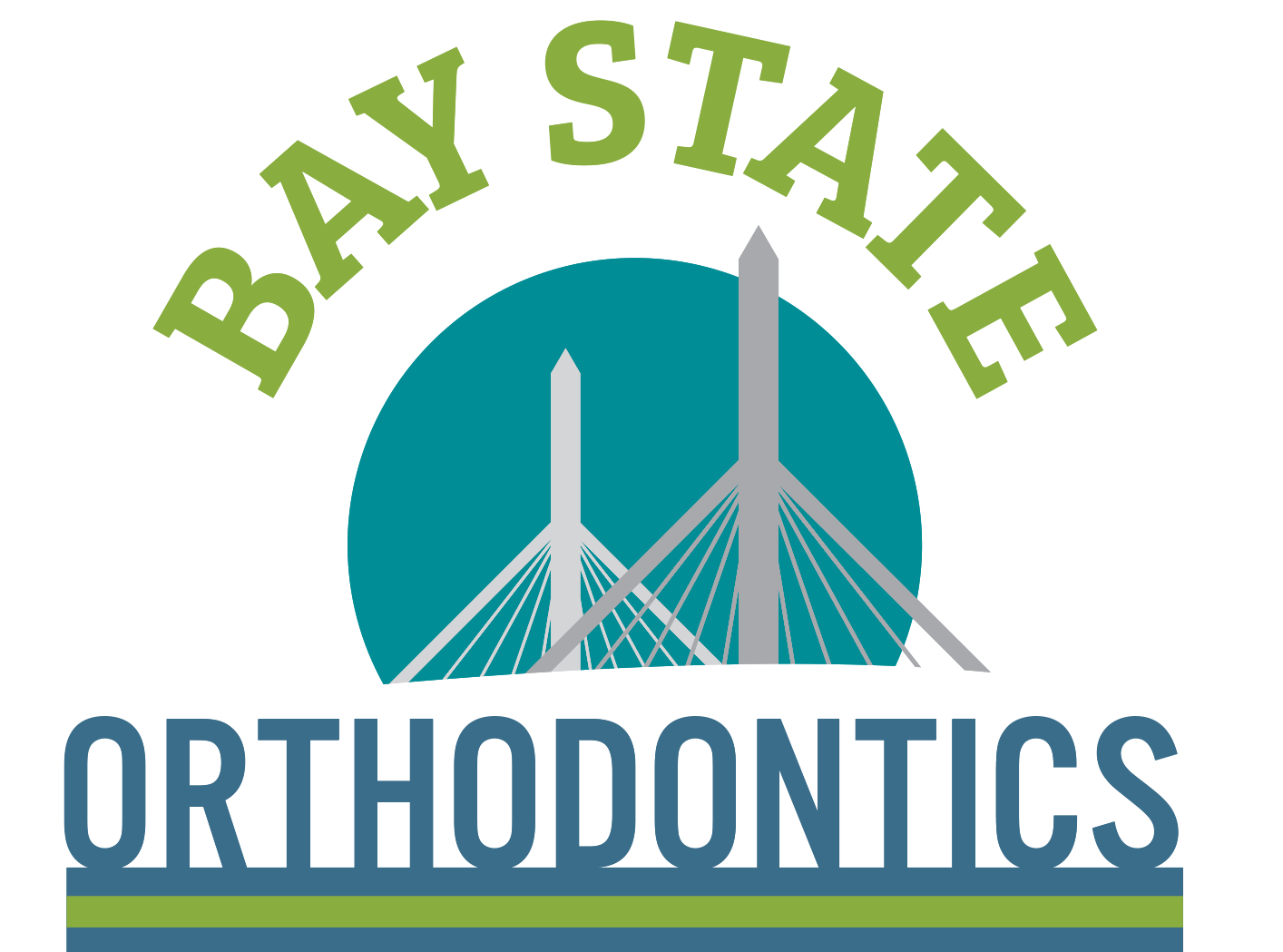Orthodontists undergo an additional two to three years of specialized training in the field of orthodontics and dentofacial orthopedics. During their residency, they study the science and techniques of orthodontia in addition to receiving intense clinical training.
No, it is not. Many of our patients are referred by their family dentist, yet many other patients take the initiative to schedule an examination themselves.
The American Association of Orthodontists recommends an orthodontic screening at age 7. By this age, several permanent teeth in most children have erupted, allowing us to effectively evaluate your orthodontic condition.
No, they will not. The space available for the front teeth does not increase as you grow. In most people, after the permanent molars erupt, the space available for the front teeth decreases with age.
If you or your child can potentially benefit from orthodontic treatment, simply call our office, send us an e-mail or fill out our appointment request form online for our West Roxbury Office or Norwood Office. We will be happy to schedule an appointment for you. When you call to schedule your appointment, our front office staff will request some basic information from you.
Upon arriving, each patient and parent will be welcomed into our office. The doctor will then complete a brief, but thorough, exam. If necessary, we may take X-rays to allow us to make a proper diagnosis.
To read more about your first visit, see our Office Visit Page.
Removing teeth is sometimes required to achieve the best orthodontic result. Straight teeth and a balanced facial profile are the goal of orthodontics. However, because new technology has provided advanced orthodontic procedures, removing teeth is not always necessary for orthodontic treatment.
Treatment time obviously depends on each patient’s specific orthodontic problem. In general, treatment times range from 12 to 30 months. The “average” time frame a person is in braces is approximately 22 months.
It is impossible to give an exact cost for treatment until we have examined you. We will be able to informed you the exact cost once a treatment plan is finalized. We have many financing options available to accommodate your needs and will review these with you. We will also review your insurance policy and help to maximize your benefit and file your claims.
Appointments are scheduled according to each patient’s needs. Most patients in braces will be seen every four to six weeks. If there are specific situations that require more frequent monitoring, we will schedule appointments accordingly.
Unfortunately, we cannot schedule all appointments for students during after-school hours. However, because most appointments are scheduled four to six weeks apart, most patients will miss minimal school due to their orthodontic treatments. We will, however, make a sincere effort to meet your scheduling needs.
Yes. We understand your busy schedule, and we are happy to help you make the most of your time. On some occasions, we may request to speak with a parent when they return, so we ask that parents check in with their patient manager before dropping off their child.
No, not necessarily. Every patient will tolerate the discomfort differently. After certain visits, teeth may be sore for a few days. In these situations, pain medications such as Advil or Tylenol will ease the discomfort.
Yes. There is no reason to miss school because of an orthodontic appointment.
No. Shots are not necessary in orthodontic treatment.
Absolutely not! It is our belief that each patient should be provided with their own braces to achieve the best orthodontic result possible.
Yes. Please ask us for a special mouthguard that is designed specifically for patients in orthodontic treatment.
Yes! Regular checkups with your family dentist are important while in braces. Your family dentist will determine the intervals between cleaning appointments while you are in braces.
Yes. Once treatment begins, we will explain the complete instructions and provide a comprehensive list of foods to avoid. Some of those foods include: ice, hard candy, raw vegetables and all sticky foods (i.e. caramel and taffy). You can avoid most emergency appointments to repair broken or damaged braces by carefully following our instructions.
Patients should brush their teeth at least four times each day – after each meal and before going to bed. We will show each patient how to brush and floss their teeth with braces. We also recommend that our patients use daily fluoride rinse to strengthen the enamel.
If your braces are causing extreme pain or if something breaks, you should call our office. In most cases, we can address these issues over the telephone. If you require an emergency appointment, we will set aside time for you.
Yes. Some orthodontic problems are significant enough to require early intervention. However, if a patient is not yet ready for treatment, we will follow that patient’s growth and development until the time is right for treatment to begin.
Phase One treatment, if necessary, is usually initiated on children between the ages of 7 and 10. Phase One treatment typically lasts six to twelve months. The primary objective for Phase One treatment is to address specific problems that may adversely affect the health of the dentition, patient’s self-esteem, or facial development.
Since most patients in Phase One treatment still have many adult teeth that have yet to erupt, it is difficult to accurately predict the need for further treatment. We will continue to monitor growth and tooth eruption and make treatment recommendations at the appropriate time.
A surprising percentage of our patients are adults. In fact, 25 percent of all orthodontic patients are adults. Health, happiness, and self-esteem are vitally important to adults. No patient is “too old” to wear braces!
Yes. A tooth with a crown will move just like a tooth with a simple filling. When teeth are missing, orthodontic treatment will aid in the alignment of the remaining teeth or in the preparation for tooth replacement, such as implants or bridges.

